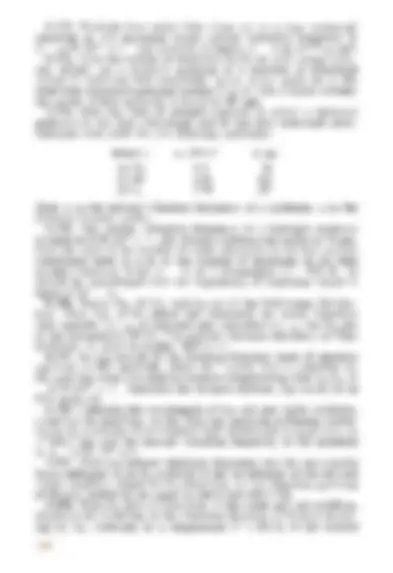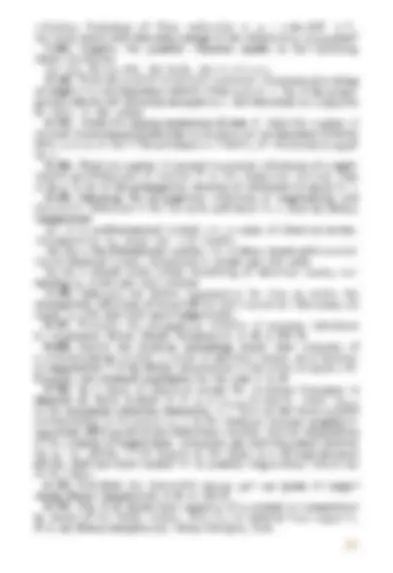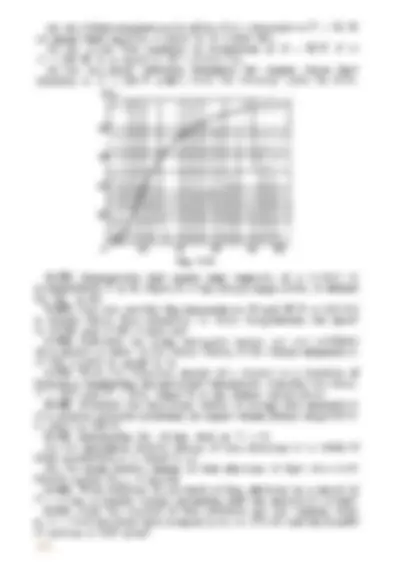





Study with the several resources on Docsity

Earn points by helping other students or get them with a premium plan


Prepare for your exams
Study with the several resources on Docsity

Earn points to download
Earn points by helping other students or get them with a premium plan
Community
Ask the community for help and clear up your study doubts
Discover the best universities in your country according to Docsity users
Free resources
Download our free guides on studying techniques, anxiety management strategies, and thesis advice from Docsity tutors
irodov_problems_in_general_physics_2011
Typology: Study Guides, Projects, Research
1 / 5

This page cannot be seen from the preview
Don't miss anything!




6.161. Find the minimum magnitude of the magnetic field induc- tion B at which a spectral instrument with resolving power ?LIU = = 1.0.105is capable of resolving the components of the spectral line 2,, = 536 nm caused by a transition between singlet terms. The observation line is at right angles to the magnetic field direction. 6.162. A spectral line caused by the transition 3D1 3 P, expe- riences the Zeeman splitting in a weak magnetic field. When observed at right angles to the magnetic field direction, the interval between the neighbouring components of the split line is Aco = 1.32.101° s- Find the magnetic field induction B at the point where the source is located. 6.163. The wavelengths of the Na yellow doublet (2P 2S) are equal to 589.59 and 589.00 nm. Find: (a) the ratio of the intervals between neighbouring sublevels of the Zeeman splitting of the terms 2P312and 2P112in a weak magnetic field; (b) the magnetic field induction B at which the interval between neighbouring sublevels of the Zeeman splitting of the term 2/ is 11 = 50 times smaller than the natural splitting of the term 2 P.
transitions between the terms (^) 2P312 and 25112 a (^) e )fri in a weak magnetic field. Find the displace- M ments (in rad/s units) of Zeeman components / of that line in a magnetic field B = 4.5 kG. 6.165. The same spectral line undergoing Fig. 6.9. anomalous Zeeman splitting is observed in direction 1 and, after reflection from the mirror M (Fig. 6.9), in direction 2. How many Zeeman components are observed in both directions if the spectral line is caused by the transition (a) 2P312 2,9112; (b) 3P 2 3,51? 6.166. Calculate the total splitting Ae) of the spectral line 3D3—0- —4.- 3P 2in a weak magnetic field with induction B = 3.4 kG.
6.4. MOLECULES AND CRYSTALS
where I is the molecule's moment of inertia.
(v-{ 1),^1 2 '
where co is the natural frequency of oscillations of the molecule.
(6.4a)
(6.4b)
where 0 is the Debye temperature,
0 =^ hcontaxik.
5
n4R ( 0
)
where do is the concentration of electrons whose energy falls within the inter- val E, E dE. The energy E is counted off the bottom of the conduction band.
where n is the concentration of free electrons in metal.
6.167. Determine the angular rotation velocity of an (^) S2 molecule promoted to the first excited rotational level if the distance between
6.168. For an HCl molecule find the rotational quantum numbers of two neighbouring levels whose energies differ by 7.86 meV. The nuclei of the molecule are separated by the distance of 127.5 pm. 6.169. Find the angular momentum of an oxygen molecule whose
6.170. Show that the frequency intervals between the neighbour- ing spectral lines of a true rotational spectrum of a diatomic molecule are equal. Find the moment of inertia and the distance between the nuclei of a CH molecule if the intervals between the neighbouring lines of the true rotational spectrum of these molecules are equal to Aw = 5.47.1012 s-. 6.171. For an HF molecule find the number of rotational levels located between the zeroth and first excited vibrational levels assum- ing rotational states to be independent of vibrational ones. The natural vibration frequency of this molecule is equal to 7.79.1014rad/s, and the distance between the nuclei is 91.7 pm.
(6.4d)
(6.4e)
(6.4f)
vibration frequency of these molecules is a) = 1.06.1014 s-. By what factor will this ratio change if the temperature is doubled? 6.181. Consider the possible vibration modes in the following linear molecules: (a) CO, (0 —C-0); (b) C,H, (H—C —C—H). 6.182. Find the number of natural transverse vibrations of a string of length 1 in the frequency interval from co to (t) do) if the propa- gation velocity of vibrations is equal to v. All vibrations are supposed to occur in one plane. 6.183. There is a square membrane of area S. Find the number of natural vibrations perpendicular to its plane in the frequency interval from (.1.) to a) -I- da) if the propagation velocity of vibrations is equal to v. 6.184. Find the number of natural transverse vibrations of a right- angled parallelepiped of volume V in the frequency interval from a) to a) da) if the propagation velocity of vibrations is equal to v. 6.185. Assuming the propagation velocities of longitudinal and transverse vibrations to be the same and equal to v, find the Debye temperature (a) for a unidimensional crystal, i.e. a chain of identical atoms, incorporating noatoms per unit length; (b) for a two-dimensional crystal, i.e. a plane square grid consist- ing of identical atoms, containing noatoms per unit area; (c) for a simple cubic lattice consisting of identical atoms, con- taining noatoms per unit volume. 6.186. Calculate the Debye temperature for iron in which the propagation velocities of longitudinal and transverse vibrations are equal to 5.85 and 3.23 km/s respectively. 6.187. Evaluate the propagation velocity of acoustic vibrations in aluminium whose Debye temperature is 8 = 396 K. 6.188. Derive the formula expressing molar heat capacity of a unidimensional crystal, a chain of identical atoms, as a function of temperature T if the Debye temperature of the chain is equal to O. Simplify the obtained expression for the case T >> 8. 6.189. In a chain of identical atoms the vibration frequency a) depends on wave number k as a) = co maxsin (ka/2), where comax is the maximum vibration frequency, lc = 2n4, is the wave number corresponding to frequency a), a is the distance between neighbour- ing atoms. Making use of this dispersion relation, find the dependence of the number of longitudinal vibrations per unit frequency interval on co, i.e. dN/da), (^) if the length of the chain is 1. Having obtained dNIcico, find the total number N of possible longitudinal vibrations of the chain. 6.190. Calculate the zero-point energy per one gram of copper whose Debye temperature is 8 = 330 K. 6.191. Fig. 6.10 shows heat capacity of a crystal vs temperature in terms of the Debye theory. Here C,1 is classical heat capacity, 0 is the Debye temperature. Using this plot, find:
267
its molar heat capacity is equal to 15 J/(mol•K);
(c) the maximum vibration frequency for copper whose heat
c/cci
Q2 0. 11 0.6 0.8 TAP Fig. 6.10.
6.192. Demonstrate that molar heat capacity of a crystal at
by Eq. (6.4f). 6.193. Can one consider the temperatures 20 and 30 K as low for a crystal whose heat capacities at these temperatures are equal to 0.226 and 0.760 J/(mol- K)? 6.194. Calculate the mean zero-point energy per one oscillator of a crystal in terms of the Debye theory if the Debye temperature of the crystal is equal to 0. 6.195. (^) Draw the vibration energy of a crystal as a function of frequency (neglecting the zero-point vibrations). Consider two cases:
6.196. Evaluate the maximum values of energy and momentum of a phonon (acoustie quantum) in copper whose Debye temperature is equal to 330 K.
(a) the maximum kinetic energy of free electrons in a metal if their concentration is equal to n; (b) the mean kinetic energy of free electrons if their maximum kinetic energy Tmaxis known. 6.198. What fraction (in per cent) of free electrons in a metal at
6.199. (^) Find the number of free electrons per one sodium atom at T = 0 if the Fermi level is equal to EF = 3.07 eV and the density of sodium is 0.97 g/cm3.
0.
as
az
268